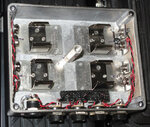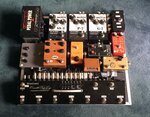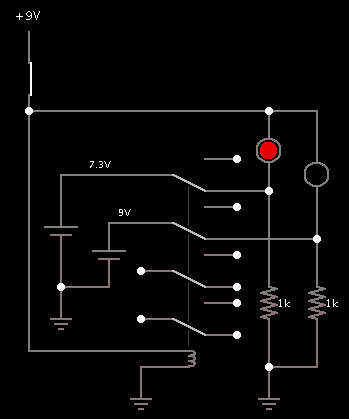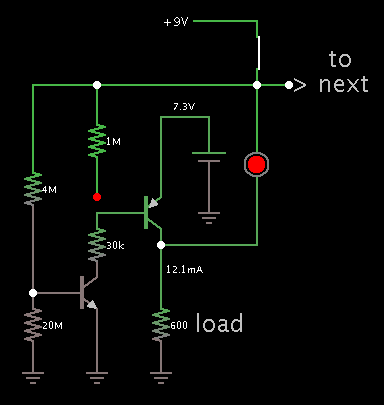pedalpower
Junior Member level 1
Hello,
I need help with this build.
I would like to build battery power supply for my guitar pedal board. Here is a requirement.
four 9v battery, isolated one for one effect pedal. When pedals are not in use, all battery must be disconnected fron the pedals, as soon as pedal board powers on battery should kick in and provide the power to those pedals. When the power of the battery drops to some point, power supply has to provide back up, untill the battery will be replaced with new one. Each output dedicated to certan pedal. Here are the pedal current: first 11.73ma second: 1.78ma third:8.4ma fourth: 4.5 ma I prefer to use comperators and need some help with schematiss.
I'll provide more info if needed.
Regards and thanks for your help.
I need help with this build.
I would like to build battery power supply for my guitar pedal board. Here is a requirement.
four 9v battery, isolated one for one effect pedal. When pedals are not in use, all battery must be disconnected fron the pedals, as soon as pedal board powers on battery should kick in and provide the power to those pedals. When the power of the battery drops to some point, power supply has to provide back up, untill the battery will be replaced with new one. Each output dedicated to certan pedal. Here are the pedal current: first 11.73ma second: 1.78ma third:8.4ma fourth: 4.5 ma I prefer to use comperators and need some help with schematiss.
I'll provide more info if needed.
Regards and thanks for your help.




